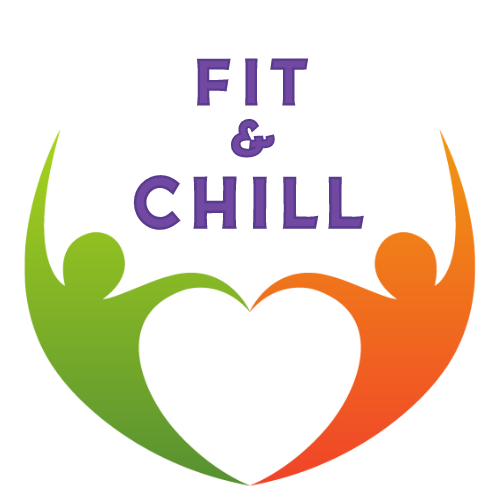Step by Step Guide
- Lie face down on a mat or the floor with your arms extended out to the sides, forming a “T” shape.
- Keep your palms facing down towards the floor and your legs straight and together.
- Engage your core muscles by drawing your navel towards your spine to stabilize your torso.
- Exhale and lift your chest and arms off the ground, focusing on raising your arms towards the ceiling.
- Keep your arms straight and try to lift them as high as comfortably possible without straining
- As you lift your arms, focus on squeezing your shoulder blades together to engage the muscles of the upper back.
- Keep your neck in a neutral position and avoid shrugging your shoulders towards your ears.
- Hold the raised position for a moment at the top of the movement, feeling the contraction in your upper back muscles.
- Inhale and slowly lower your chest and arms back down towards the floor with control.
- Maintain tension in your upper back muscles as you lower down, but avoid letting your chest collapse completely.
- Perform the desired number of repetitions, focusing on maintaining proper form and control throughout the exercise.
Benefits of The T-Raise
- Upper Back Strength: “T-Raise” targets the muscles of the upper back, including the rear deltoids, rhomboids, and trapezius, helping to strengthen and tone these muscles.
- Shoulder Stability: This exercise helps improve shoulder stability and mobility by strengthening the muscles that support the shoulder joint.
- Posture Improvement: Strengthening the muscles of the upper back can help improve posture by counteracting the effects of rounded shoulders and slouching.
- Core Activation: Engaging the core muscles throughout the exercise helps stabilize the torso and maintain proper alignment.
- No Equipment Needed: “T-Raise” can be performed without any equipment, making it a convenient exercise that can be done anywhere.
Tips for Beginners:
- Start with Small Movements: Begin with small, controlled movements and focus on proper form before progressing to larger ranges of motion.
- Keep Neck Neutral: Avoid straining your neck by keeping it in a neutral position and looking towards the floor throughout the exercise.
- Engage Core Muscles: Focus on engaging your core muscles to stabilize your torso and protect your lower back.
- Control the Movement: Perform the exercise in a slow and controlled manner, focusing on feeling the muscles of the upper back working throughout the movement.



Leave A Comment